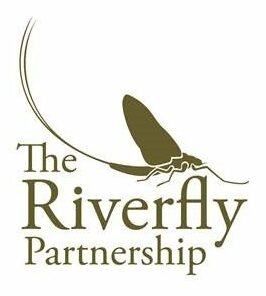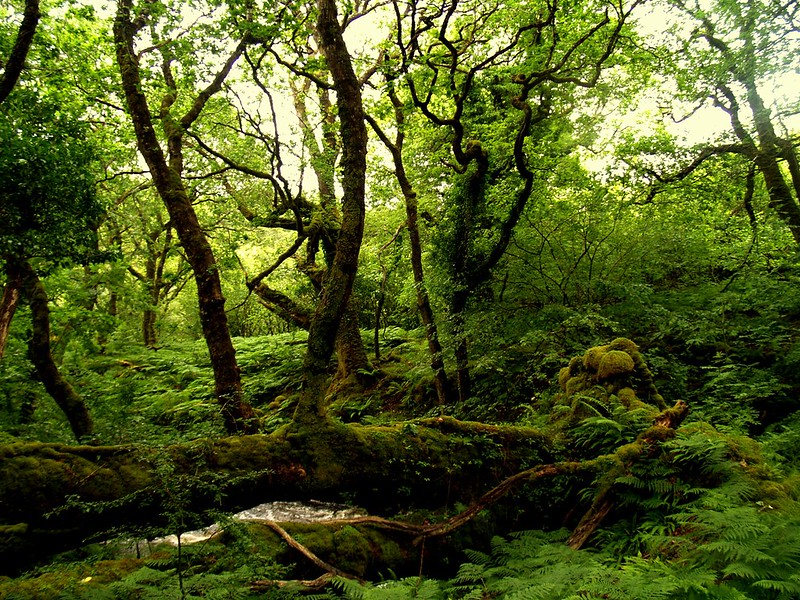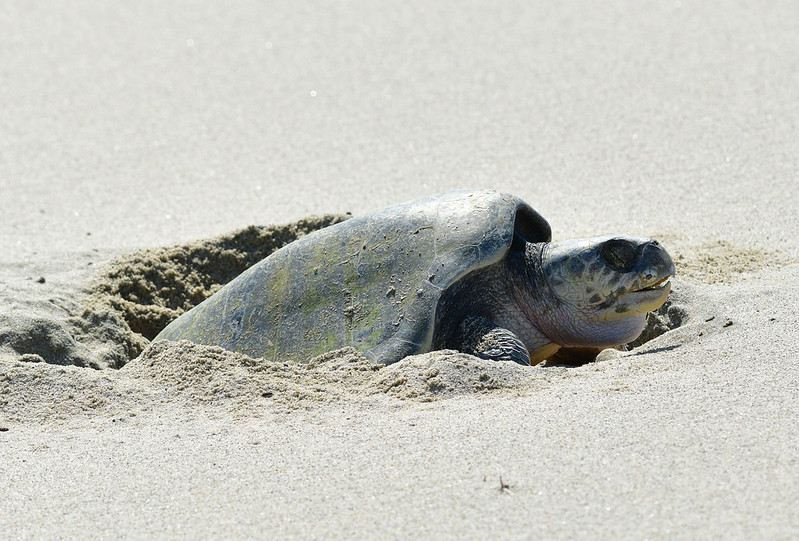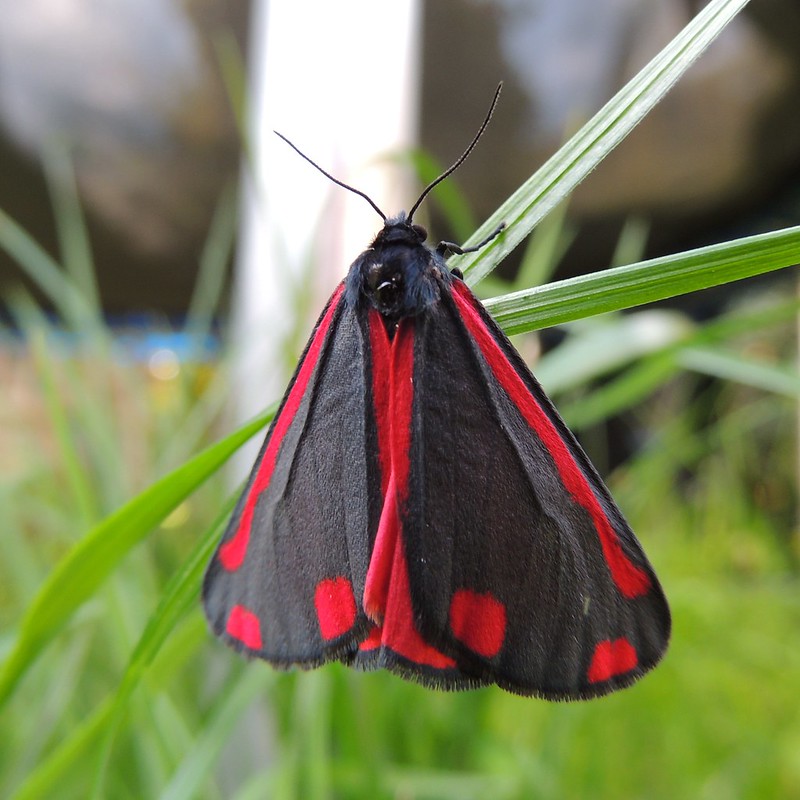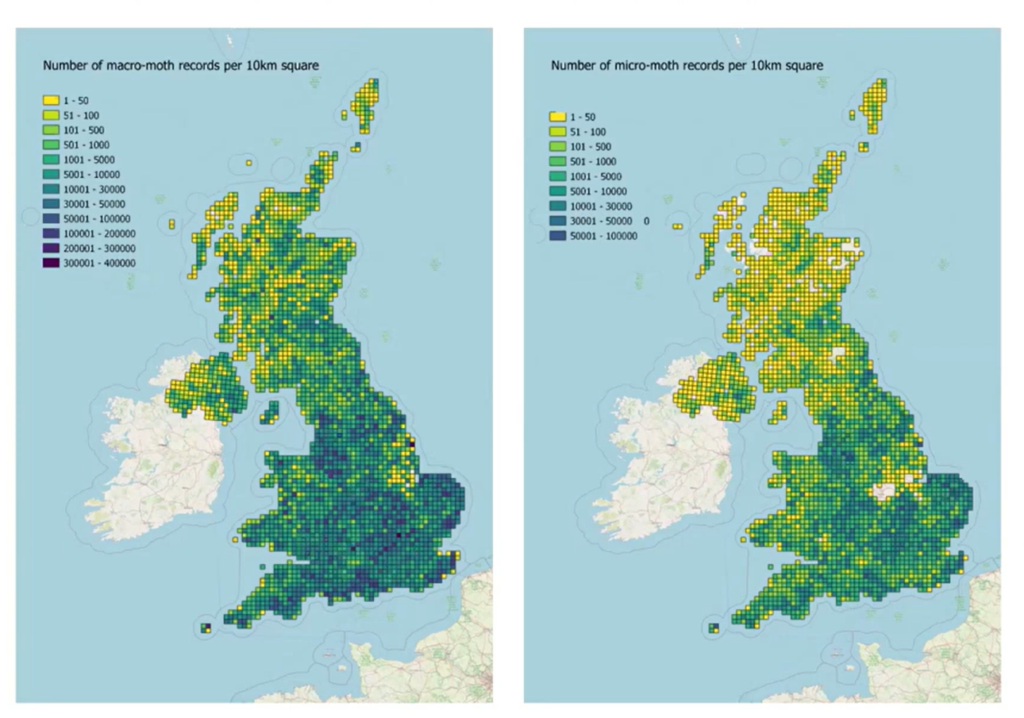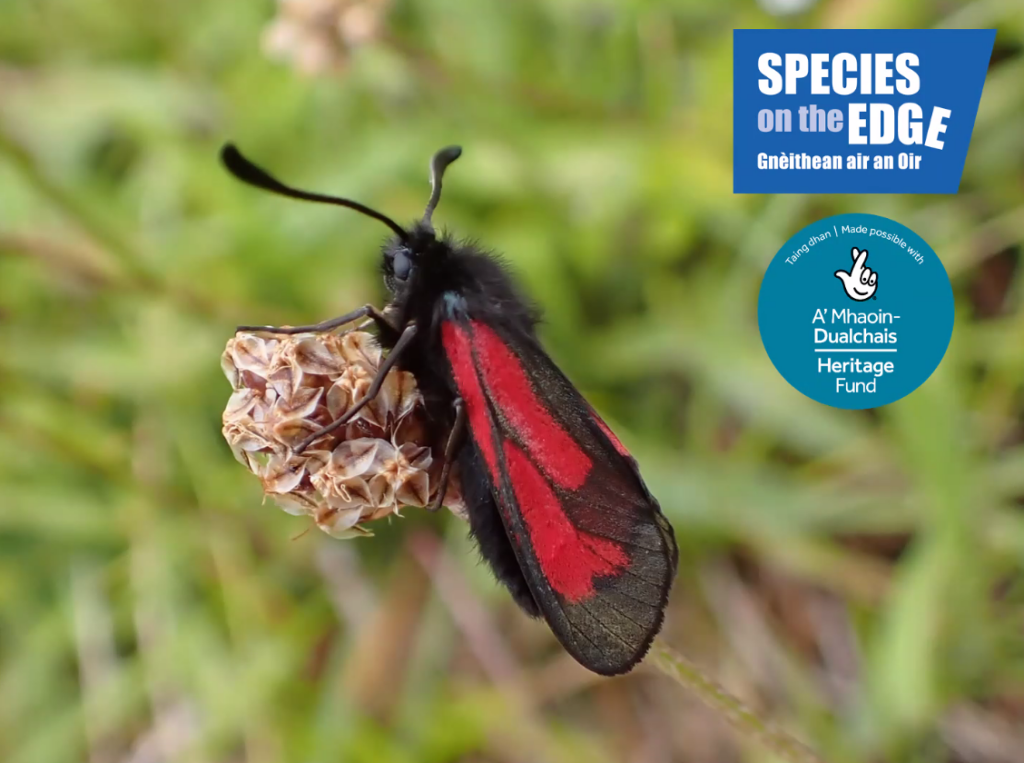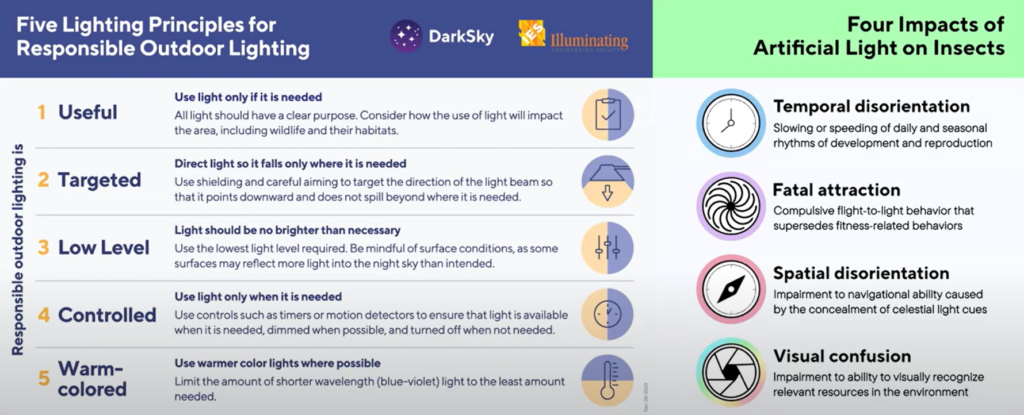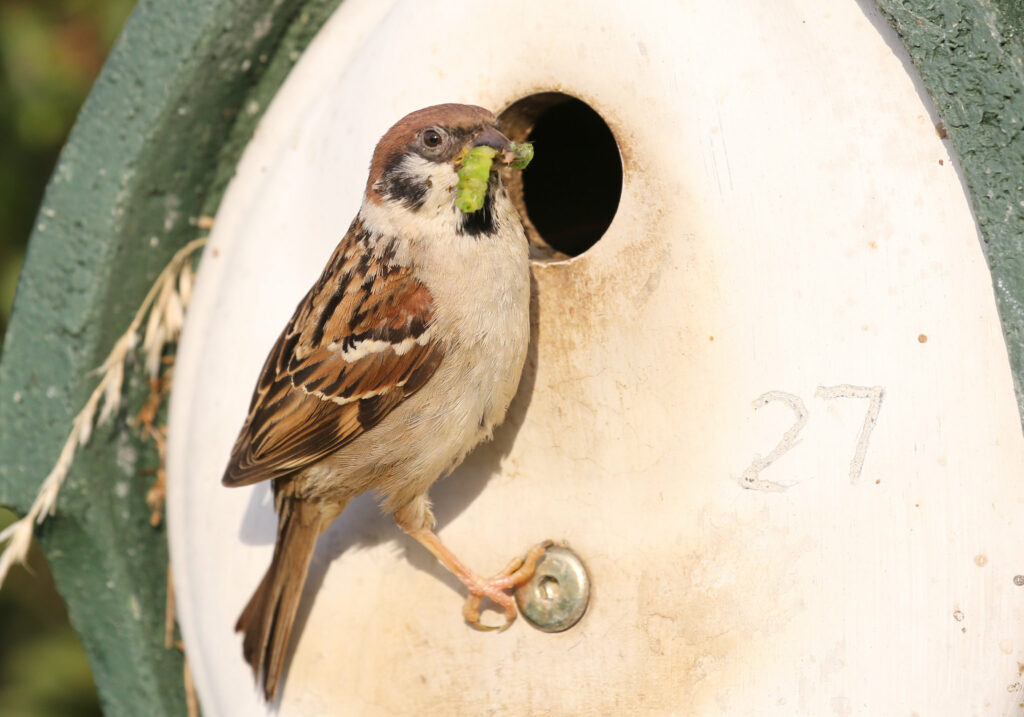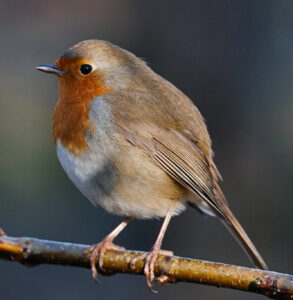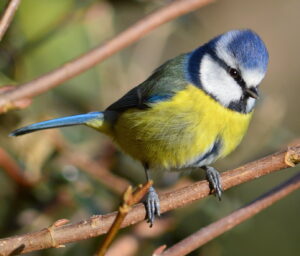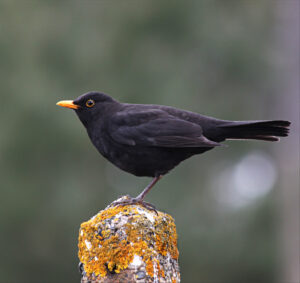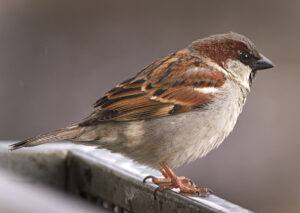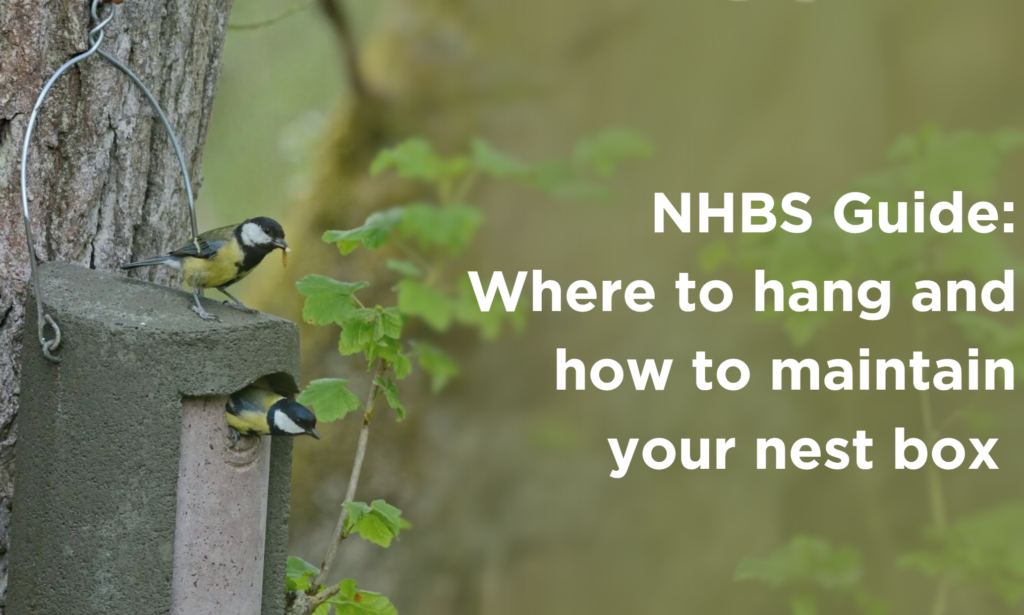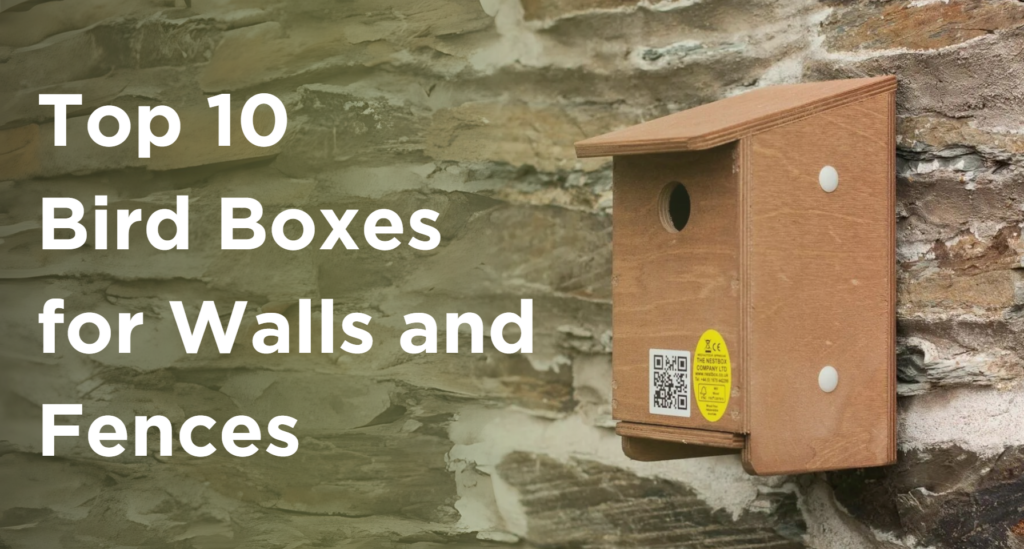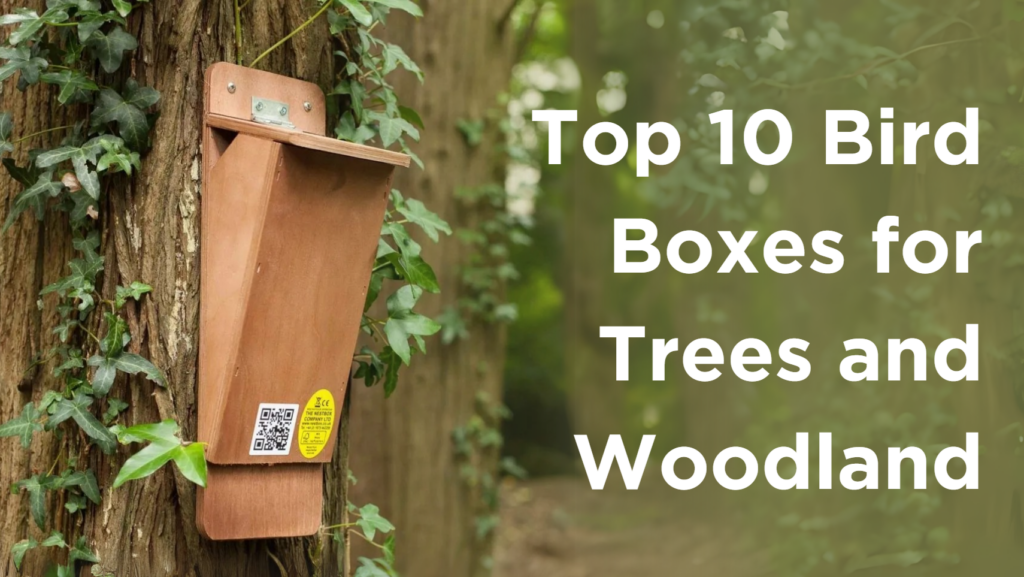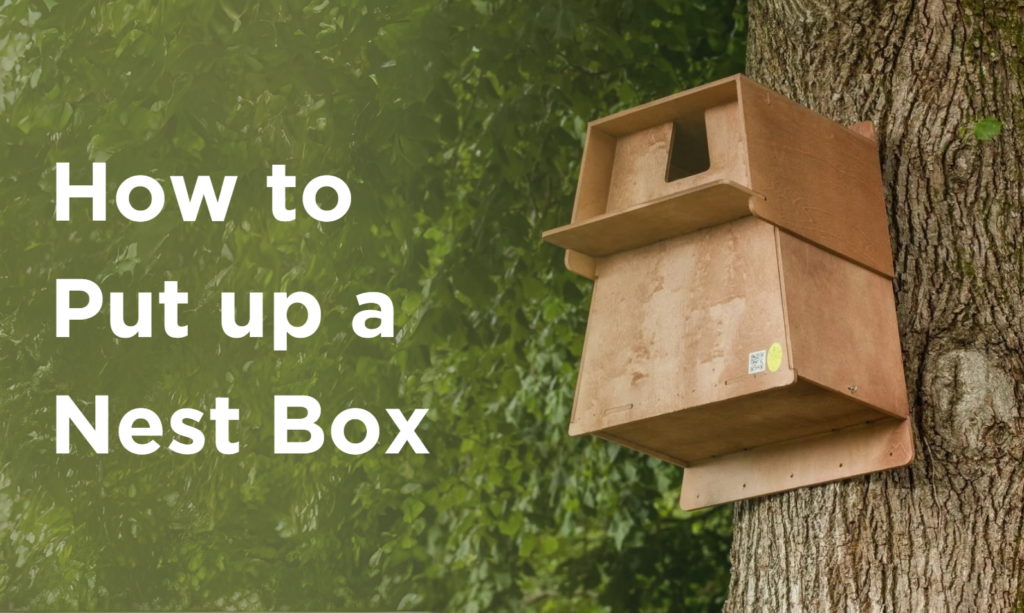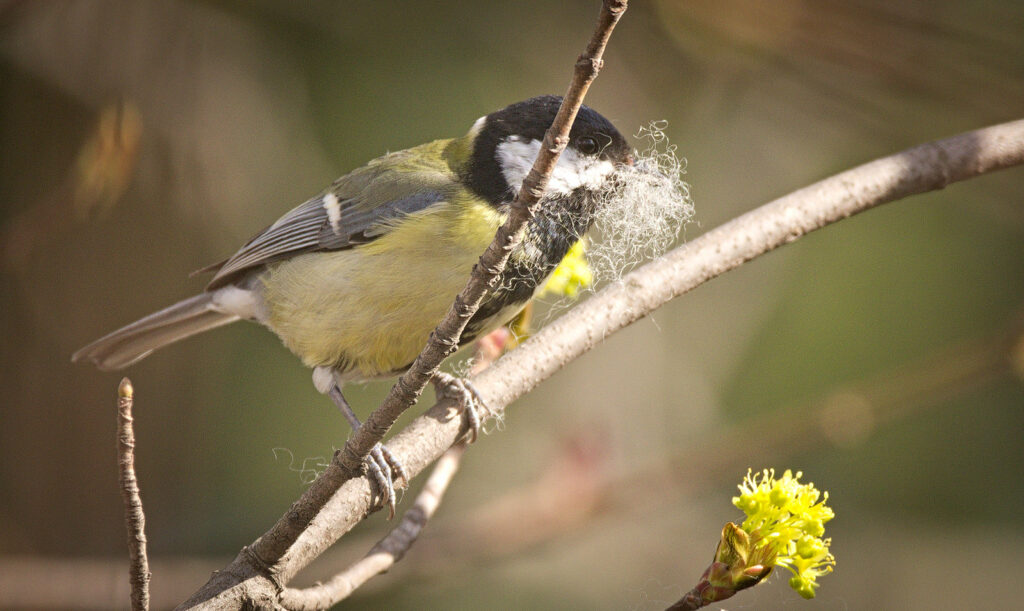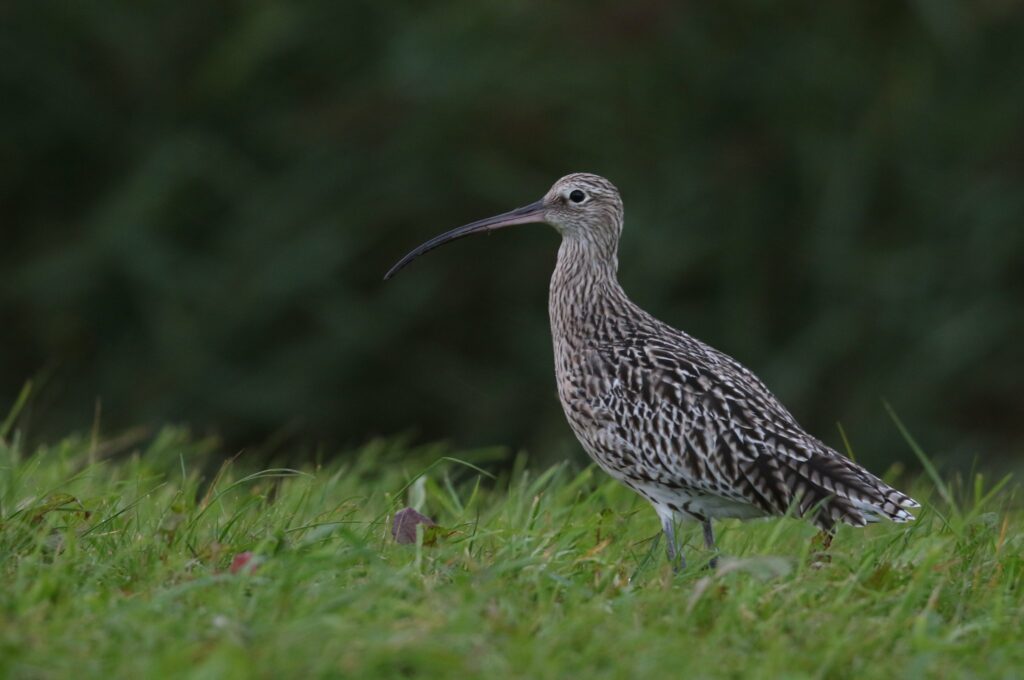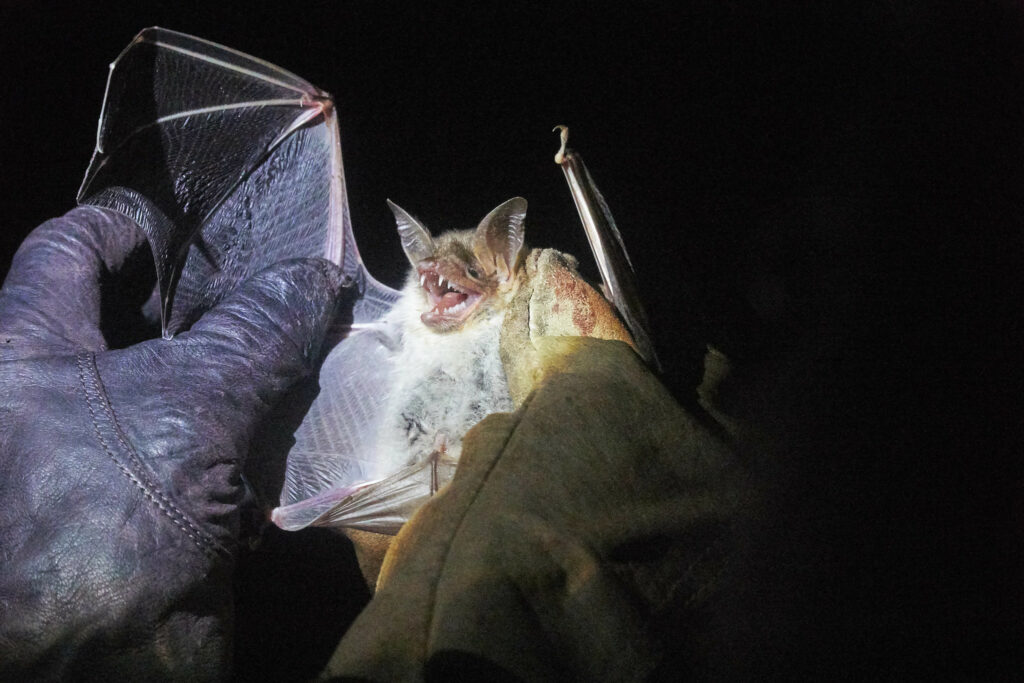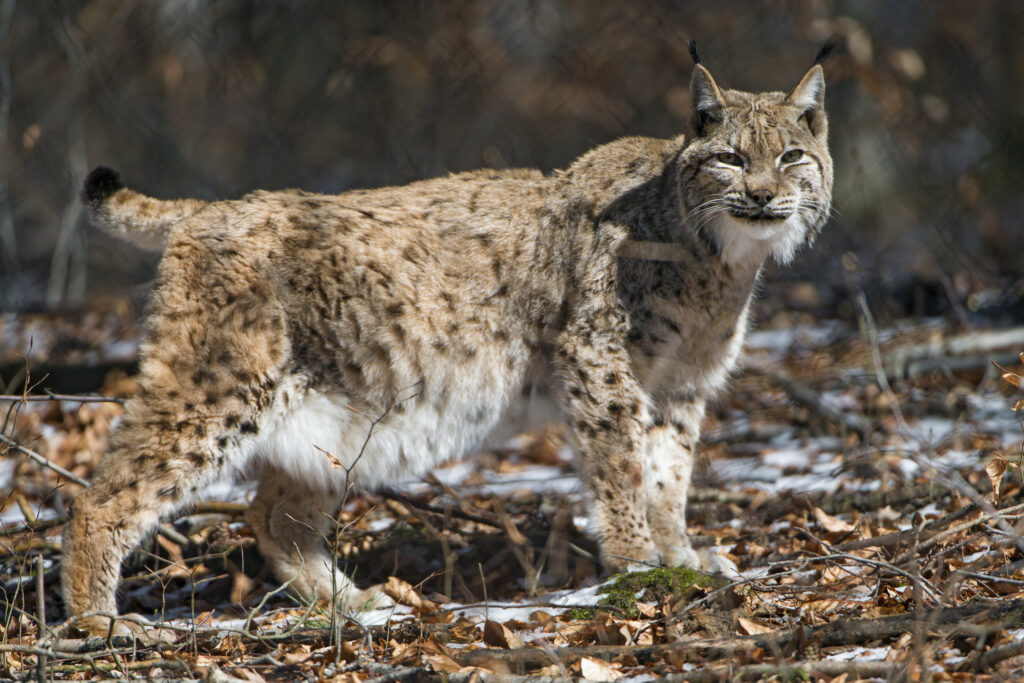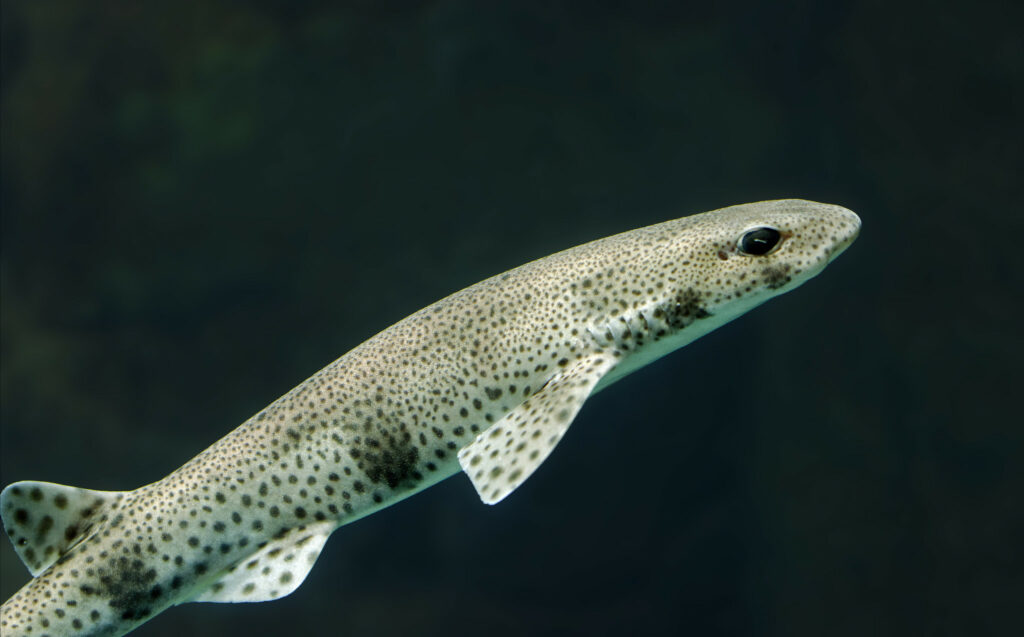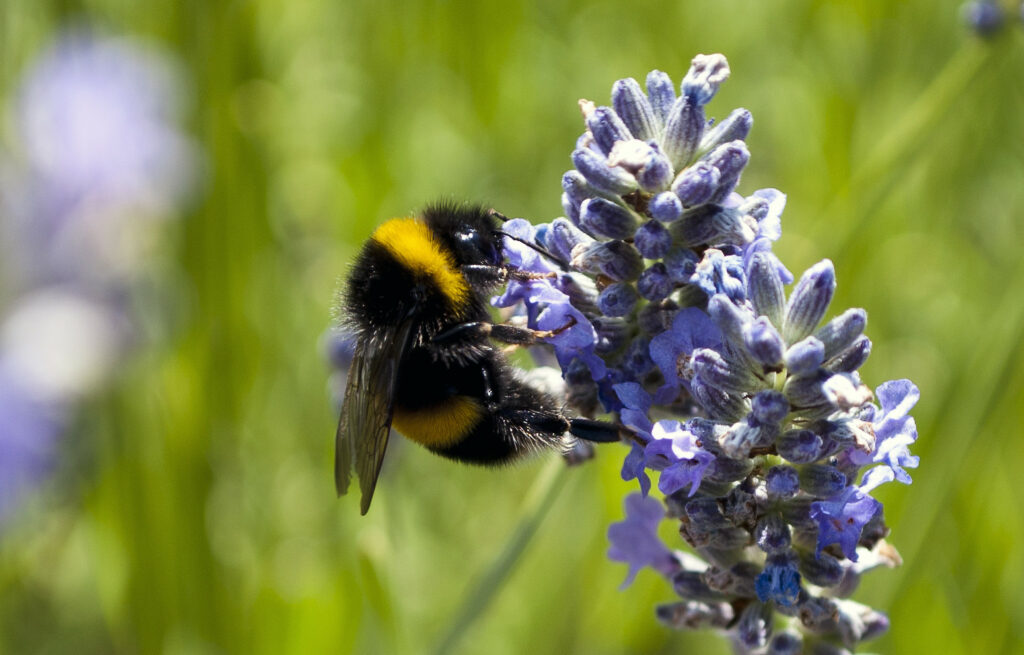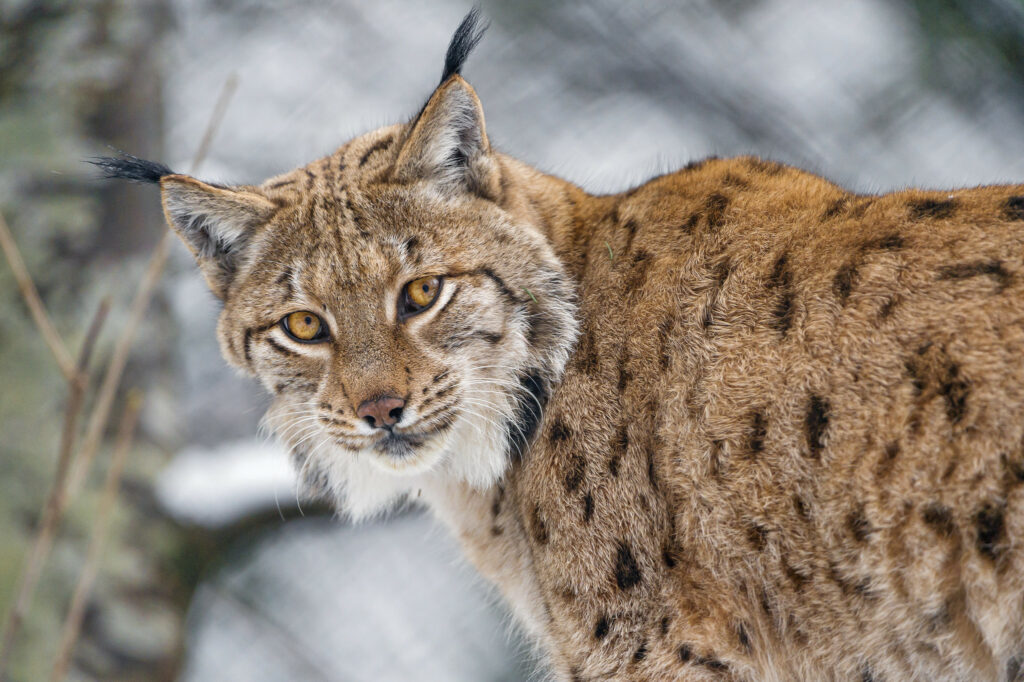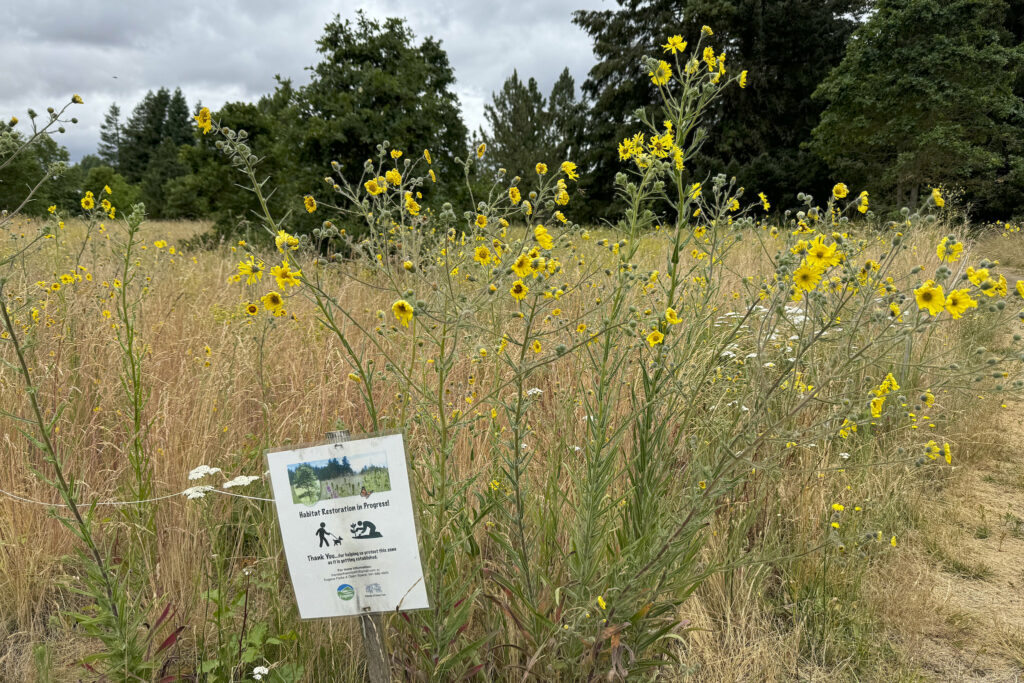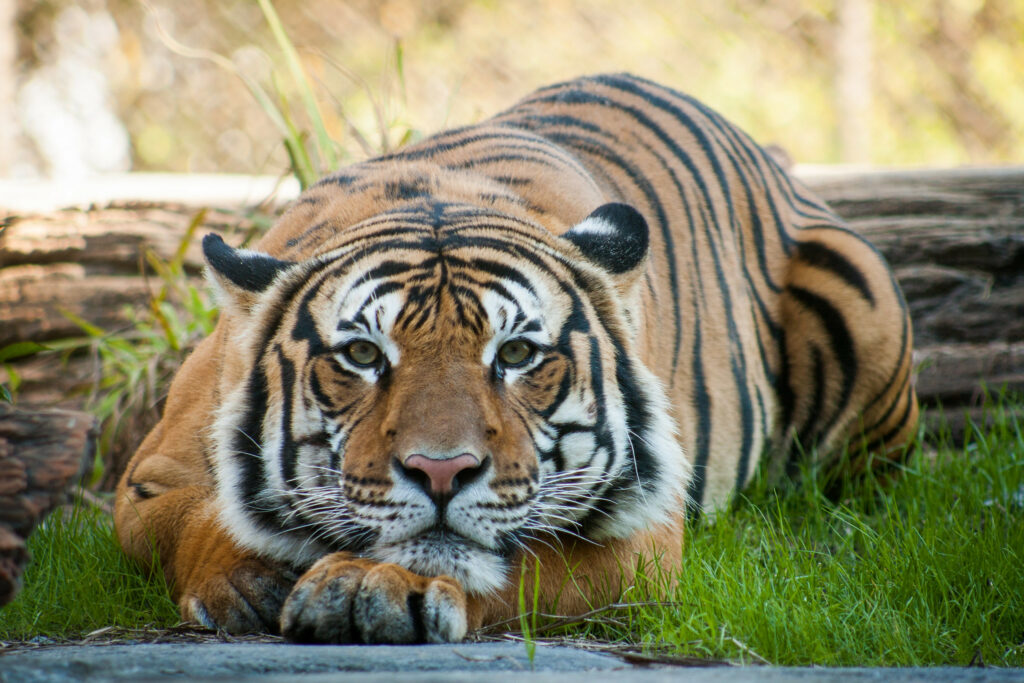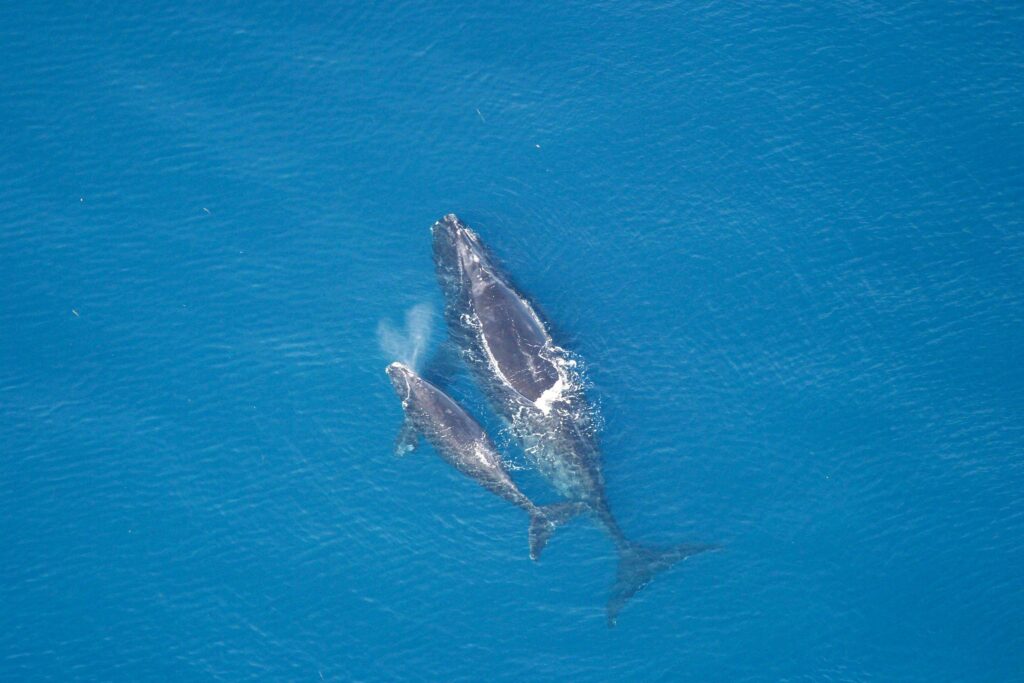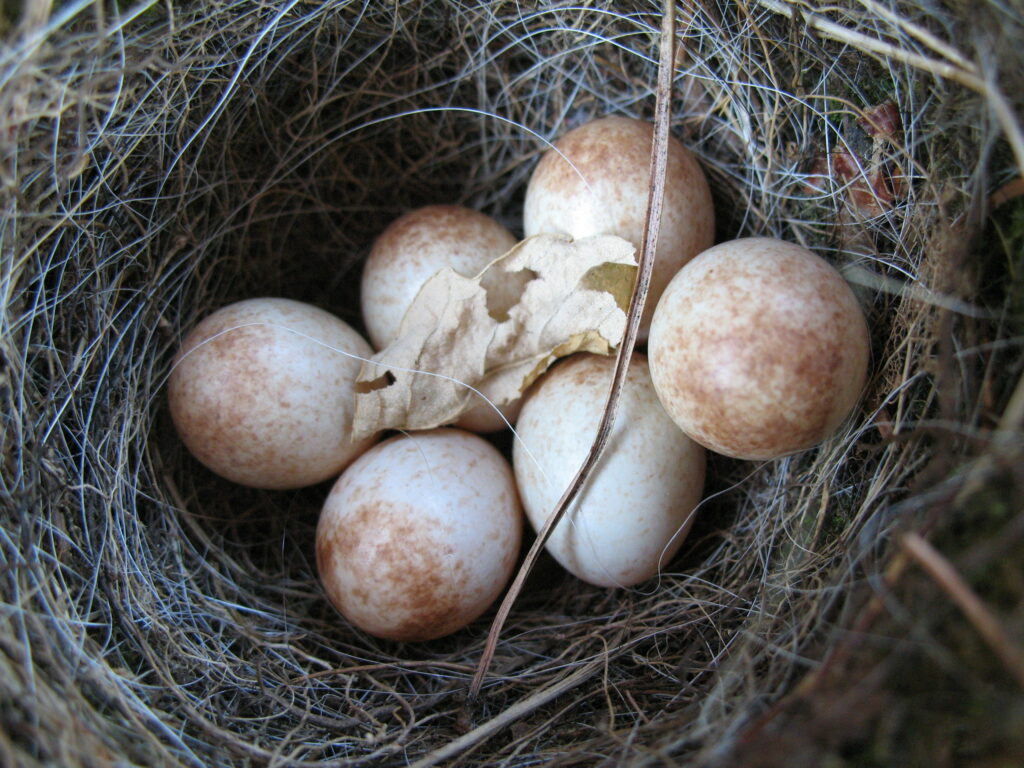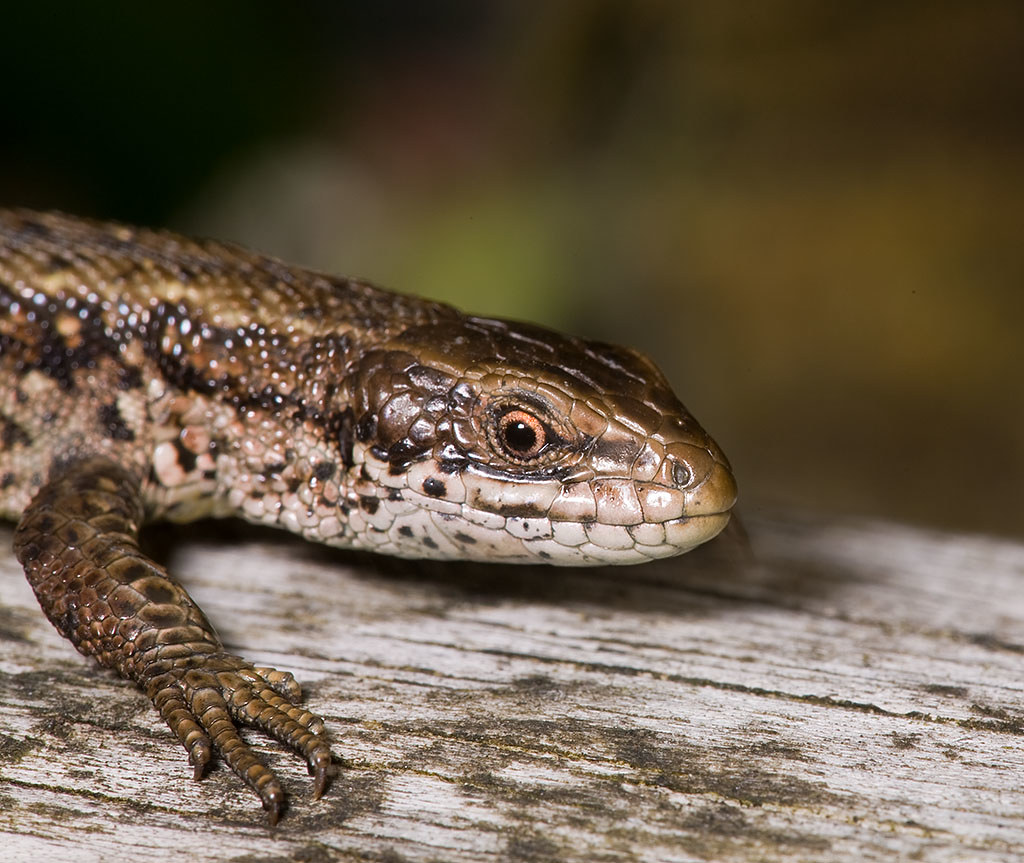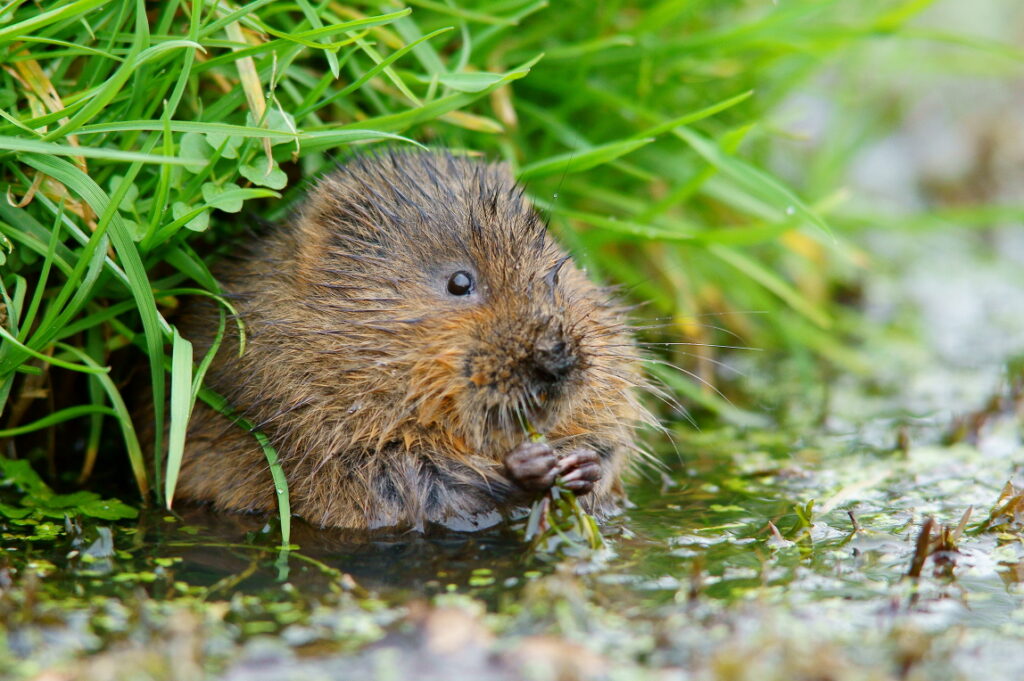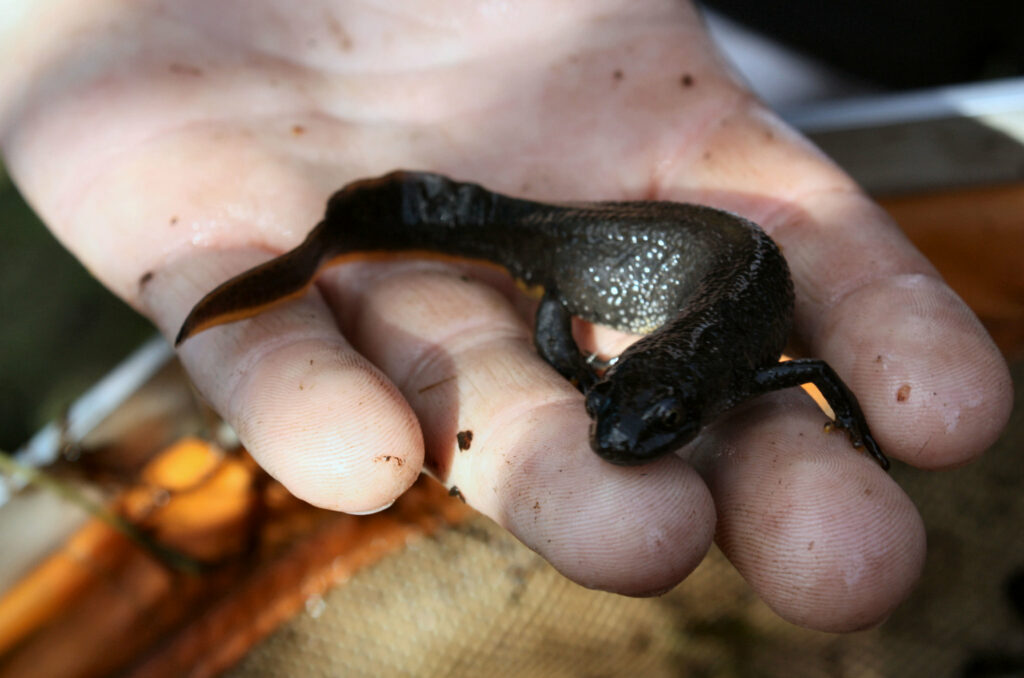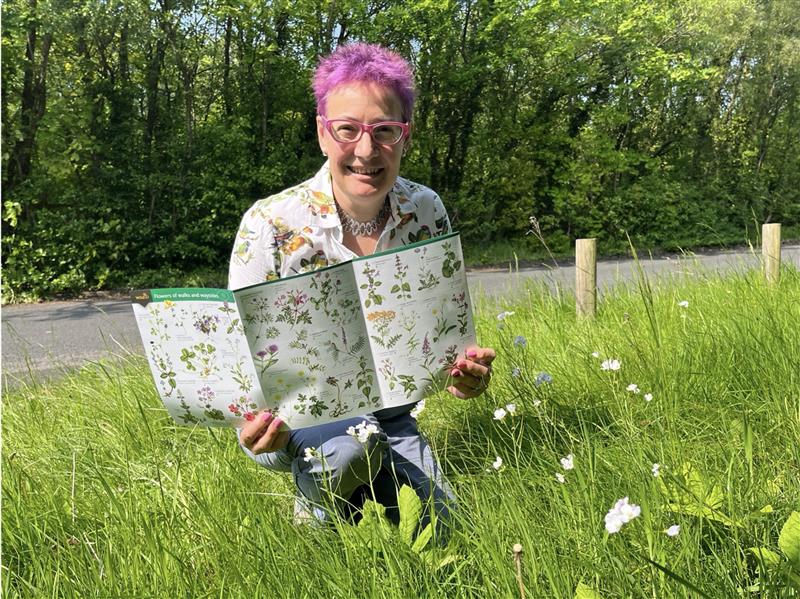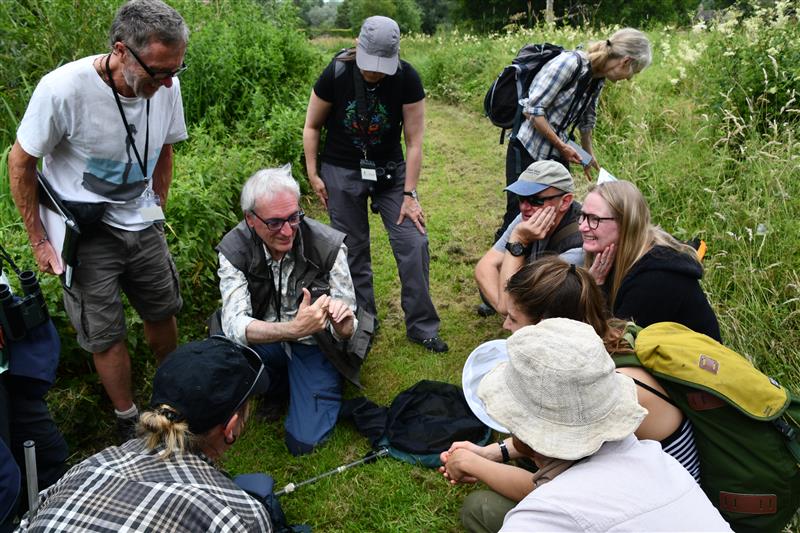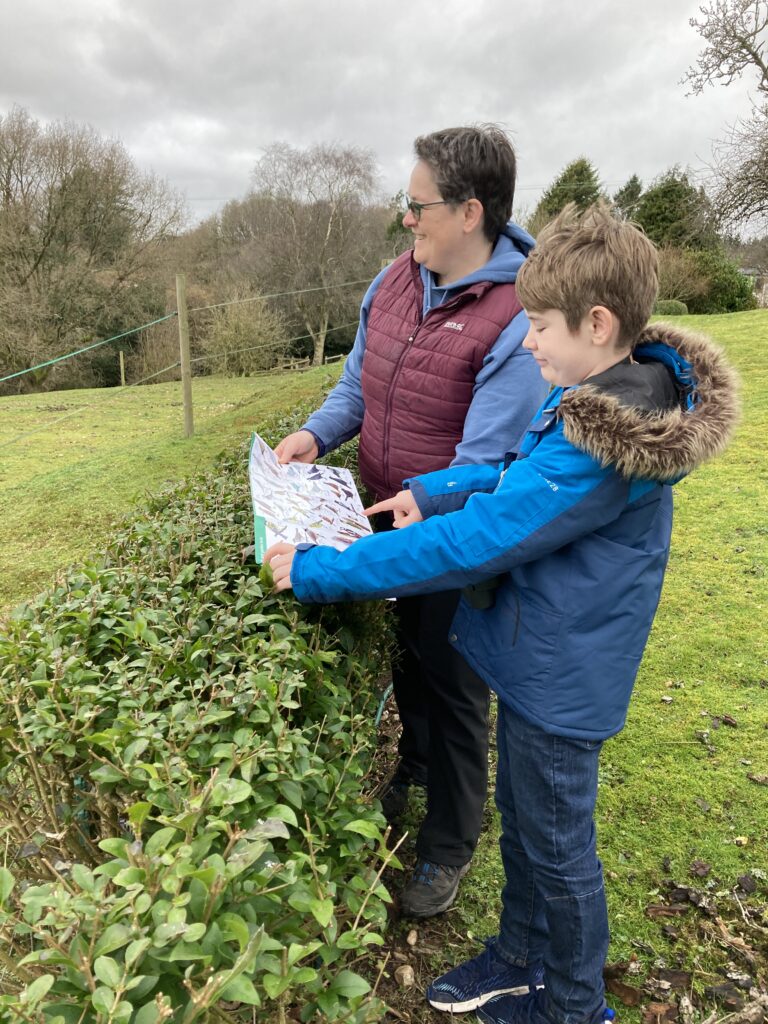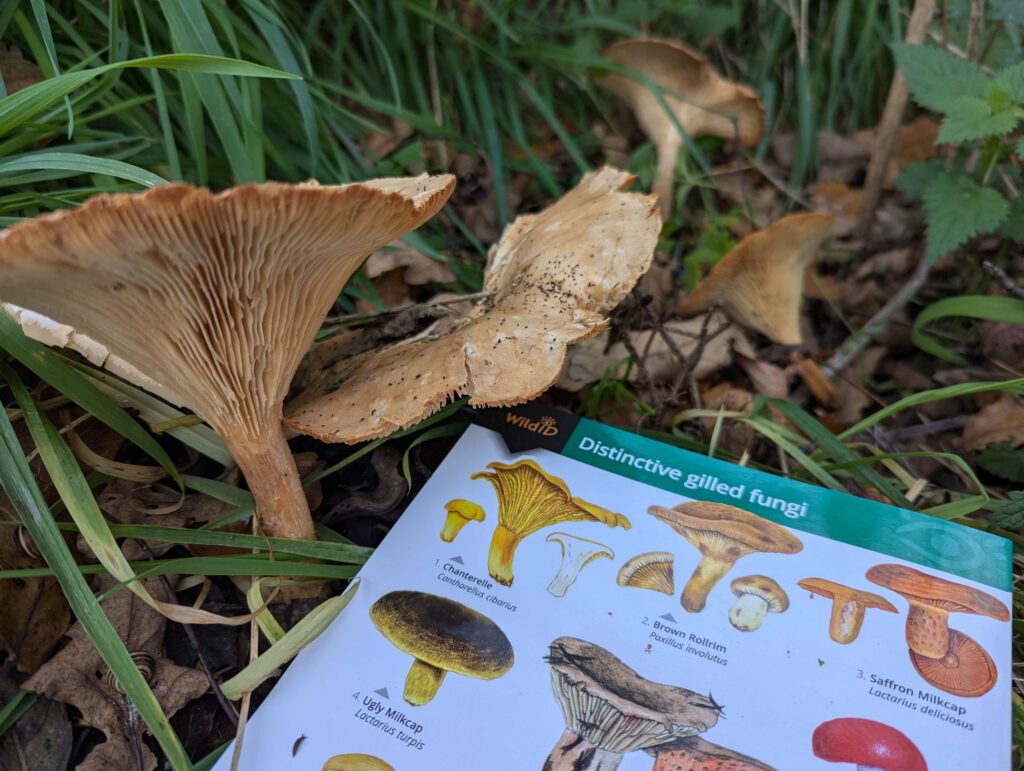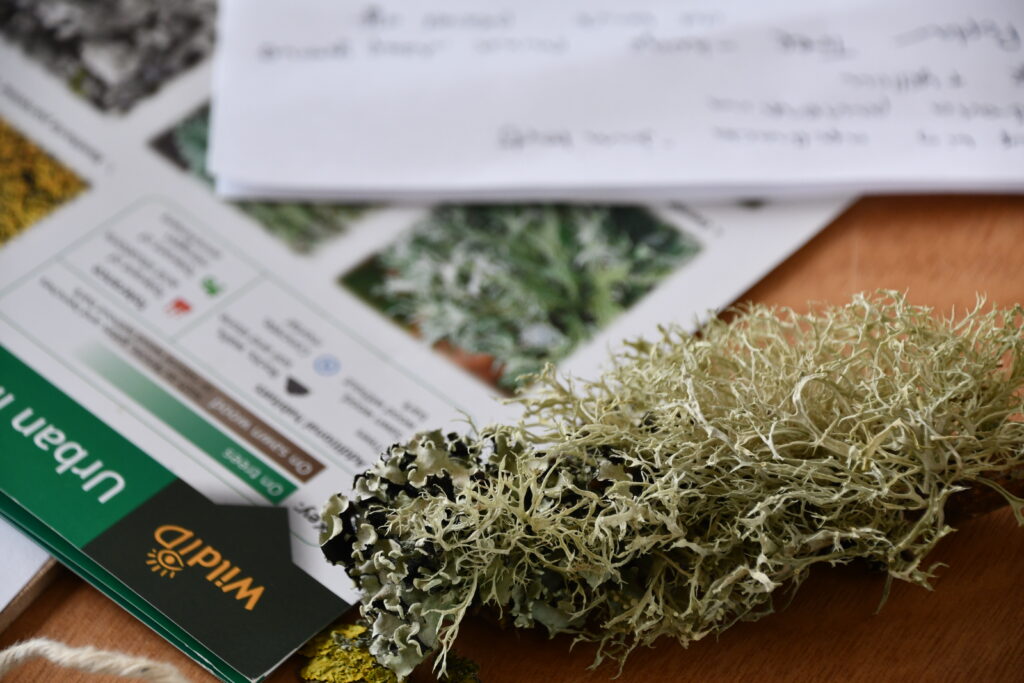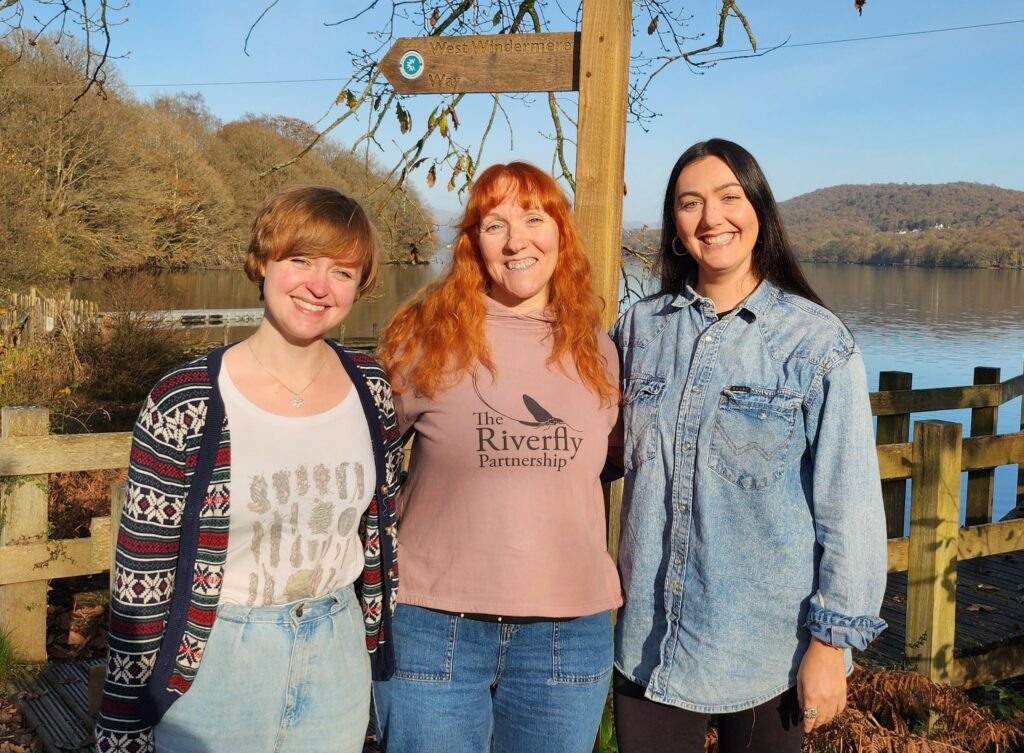 The Riverfly Partnership is a collaborative effort between anglers, conservationists, scientists, and water managers to protect the health and quality of our rivers. They use citizen science to monitor riverfly populations, which are sensitive indicators of water quality, and gather data on these fascinating insects to contribute to a better understanding of river ecosystems.
The Riverfly Partnership is a collaborative effort between anglers, conservationists, scientists, and water managers to protect the health and quality of our rivers. They use citizen science to monitor riverfly populations, which are sensitive indicators of water quality, and gather data on these fascinating insects to contribute to a better understanding of river ecosystems.
We recently had the opportunity to speak with Trine Bregstein, riverfly partnership development manager, about the work of the Partnership, their citizen science initiatives, the importance of riverflies and more.
Can you give an overview of the Riverfly Partnership, its aims and the work that the group is involved in?
The Riverfly Partnership is a network of organisations supporting projects to assess river health. The aims of the partnership are to protect the water quality of our rivers, further the understanding of riverfly populations, and conserve riverfly habitats. The partnership comprises many individuals and groups, including entomologists, angling clubs, volunteer groups, wildlife charities and Rivers Trusts.
We have data on freshwater invertebrate life dating back to the early 2000s, collected by a dedicated base of citizen scientists that is continuing to grow. Volunteers get to learn about the fascinating world of tiny critters living in their waterways, which are referred to as the canaries of our rivers because they are an important indicator of water quality. The work of Riverfly monitors means pollution incidents are quickly detected and reported, changes in water quality are monitored over time and the impacts of restoration work in and around the river can be tracked.
Can you tell us about the Riverfly Monitoring Initiative?
The Riverfly Monitoring Initiative (RMI) is a citizen science scheme in which trained monitors collect data about the invertebrates living in their local river. Volunteers are trained in the identification of key groups of riverflies, which are invertebrates that spend most of their life cycle living in fresh water. The initiative mainly focuses on the orders Ephemeroptera (also known as up-wing flies or mayflies), Plecoptera (stoneflies) and Trichoptera (caddisflies).
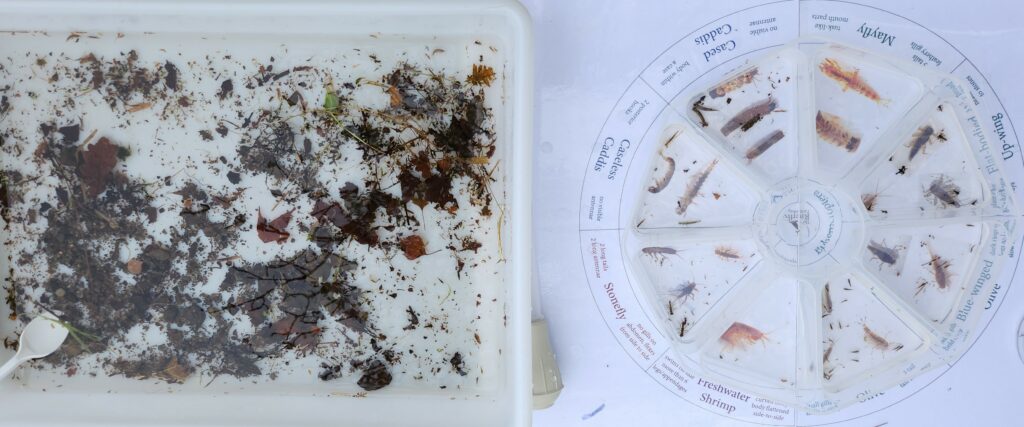
On a monthly basis, monitors carry out kick sampling at their site and count the numbers of each group of riverflies they have collected. From these counts, an RMI score is generated. This score is compared to the ‘trigger level’ of the site, which is a number set by the local ecology contact at the statutory body. If the RMI score is below the trigger level, it may be an indication that a pollution event has taken place. Another sample is done to confirm the breach, and then the relevant authorities are informed.
What are the main challenges associated with your work?
The national scale of the project, with various regional hubs coordinating groups of monitors at a local level, means it’s important to make sure things are done consistently across the network. We at the Riverfly Partnership HQ in the Lake District facilitate and try to keep track of what’s going on in all of these separate groups, and make sure training and protocols are standardised around the country to ensure the robustness of the data set. This can prove challenging, particularly as many of our hubs are charities and trusts that may not have consistent funding for citizen science projects, whilst others are volunteer run and rely on people managing to co-ordinate their groups in their spare time.
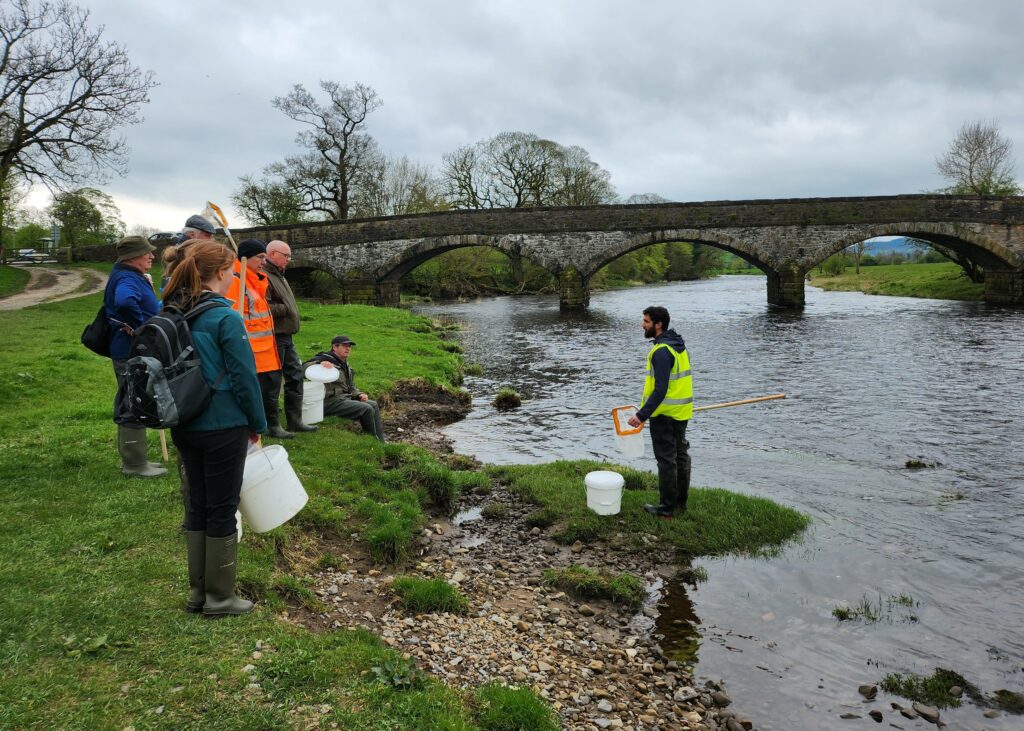
How did 2024 fare for the Partnership and its work?
2024 was a great year for the Partnership. Our monitors submitted 7,832 surveys to our database over the year – this is up from 6,392 in 2023, which reflects how much the partnership is continuing to grow, with many new monitoring groups set up all over the UK. We also launched a new Riverfly data dashboard for easy viewing of all this data.
Citizen science is of increasing importance in wildlife conservation across the globe. How can we get involved and be proactive in protecting our rivers and riverfly populations?
Riverfly monitoring involves carrying out a survey at your allocated site once per month, usually taking about an hour. As a monitor, you’d be contributing to a trusted, long-term, open-access data set that can be used to track gradual changes in habitat quality, as well as quickly pick up on any major incidents that the statutory body can investigate. Anyone can become a Riverfly monitor – no prior knowledge is required; you just need to have attended a training day led by one of our accredited tutors.
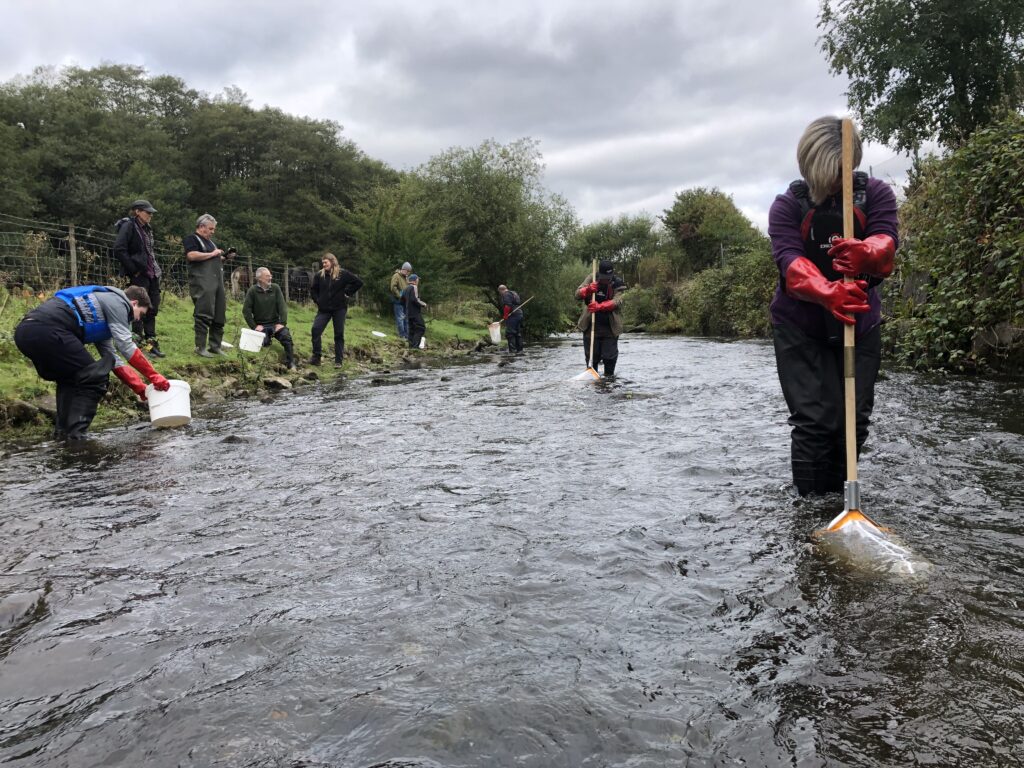
If you’re interested in becoming a volunteer, e-mail info@riverflies.org and we will link you up to your local co-ordinator. Most training tends to take place in the spring and summer months, but you can register your interest at any time.
Aside from Riverfly monitoring, you can also get involved in the Rivers Trust’s Big River Watch, Earthwatch has the Great UK Water Blitz, The Angling Trust has the WQMN (Water Quality Monitoring Network), ZSL run the Outfall Safari project, and through the CABA and CaSTCo projects other organisations around the UK have been able to cascade this initiative to their volunteers. Check your local Rivers Trust or Wildlife Trust to see what volunteering opportunities they have, for example balsam bashes, riverside clean ups or restoration works like reed bed planting, tree planting and fence building.
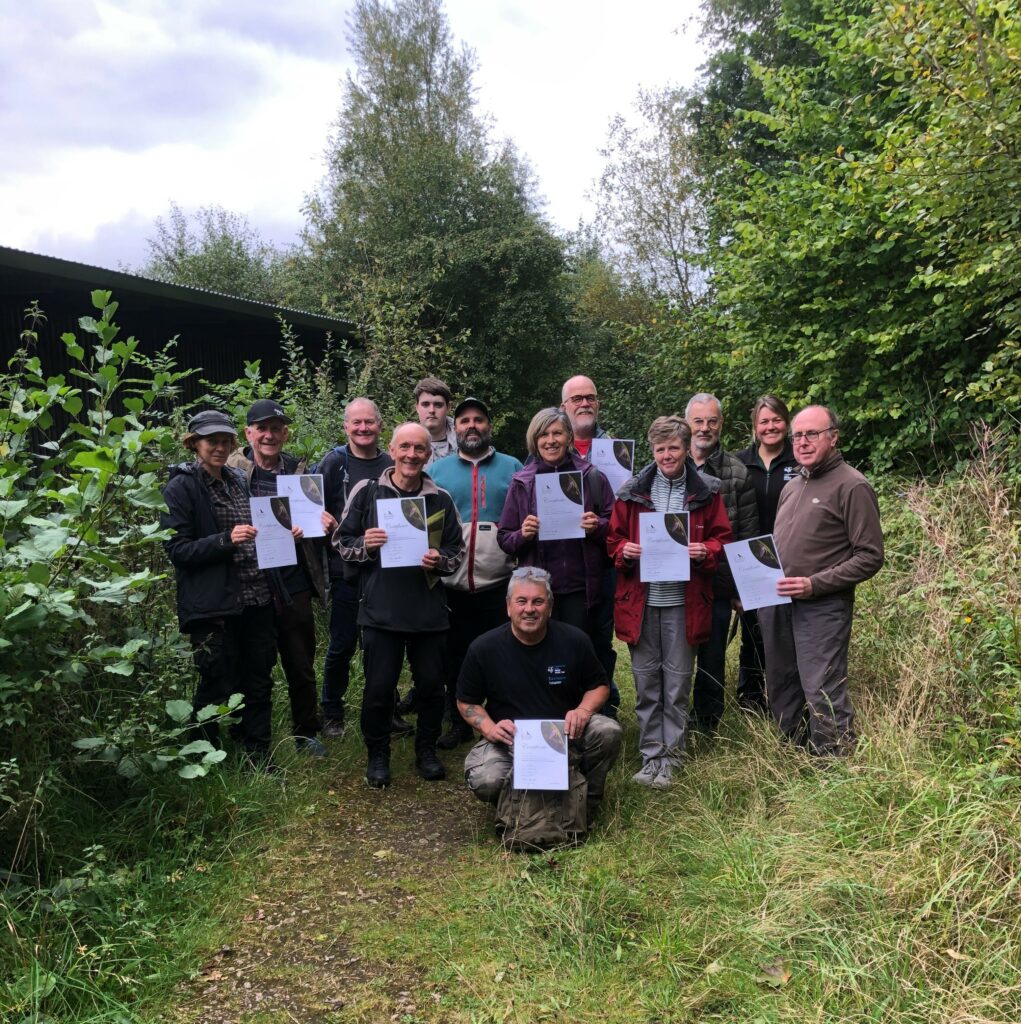
There is so much to get involved with, and on a personal level, try look after your own patch. If you’re out walking the dog for example, try to keep them out of the water if they’ve had a recent flea treatment, take a couple of bits of rubbish to the nearest bin (safely, don’t pick up anything potentially dangerous) and know who to call if you spot something untoward – the EA/SEPA/NRW/NIEA for pollution, your local council for fly tipping and don’t forget to report sewage and water leakage problems to your local water company too, they all have helplines or online reporting options.
What projects will the Riverfly Partnership be working on next?
We have a scheme called ‘Extended Riverfly’, which is a more advanced version of Riverfly monitoring that experienced monitors can move on to. It involves identifying and counting 33 groups of invertebrates, rather than the eight in the Riverfly Monitoring Initiative. It’s a fairly new scheme, currently only operating in certain parts of the country, but we recently held an event at which many Riverfly trainers upskilled to become extended trainers, so we’re looking forward to rolling out this project to many more groups in the coming year.
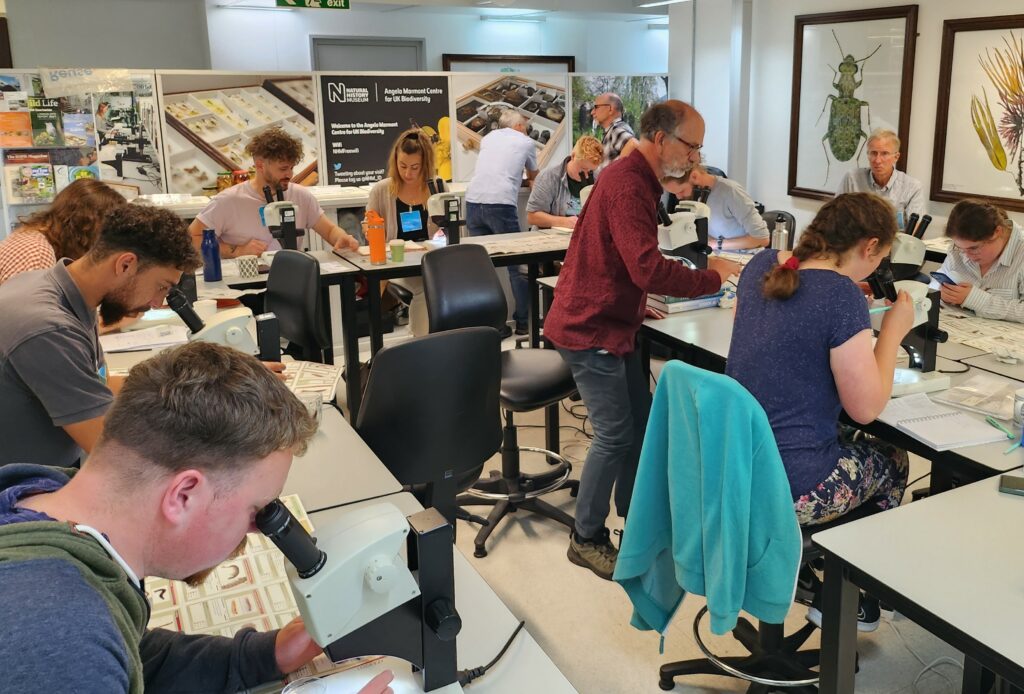
We’re also working on our ‘Targets and Triggers’ project, which has been developed with partners at the Environment Agency, the Scottish Environment Protection Agency, Buglife and CaSTCo. We’re aiming to devise a standard, and relatively easy, method for trigger levels to be set, making it easier for statutory bodies to engage with Riverfly monitoring without it being too much of a drain on their limited resources. Through gathering extra data about each monitoring site and running these through a predictive model, we plan to come up with not just trigger levels, but expand the initiative so that sites also have a ‘target level’ – the maximum RMI score that we would expect to see at a site, which gives a goal for habitat improvement projects to aim for.
The Riverfly Partnership Approved Kit is a complete kit suitable for water quality monitoring. The Riverfly Partnership receives £5 from the sale of this kit to help them continue their fantastic conservation work.
Please see the Riverfly Partnership website for more information on how to get involved.

